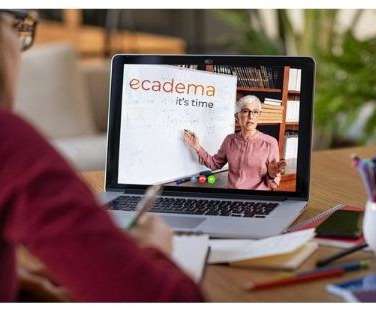Staying agile in the workplace: Use a template to evaluate employee adaptability
TalentLMS
NOVEMBER 6, 2023
Here’s an example of how that might play out. Measuring problem-solving Scenario: While using the software, challenges arise. Assessment criteria: Employees with high levels of cognitive adaptability will proactively identify problems. Here’s an example. For example, you may decide that a self-assessment isn’t for you.






















Let's personalize your content